|
Lesson 1
Railroads and the Great Dakota Boom
|
| |
|
By 1878, Dakota Territory looked
promising. Wheat crops were good in the east. There were rich gold
mines in the west. Two things were needed: railroads and more
people. Two companies took up the challenge. The Chicago &
North Western Railway (the C&NW) was one. The other was the Chicago,
Milwaukee & Saint Paul Railroad (the Milwaukee Road). These
railroads built tracks and brought new settlers.
|
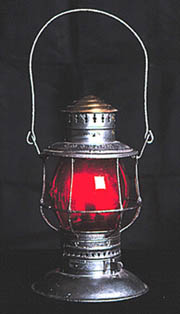
Photo courtesy of South Dakota State
Historical Society
|
|
|
|
The first railroad came to Dakota in
1873. It was a short line from Iowa. It ran to the new towns of
Vermillion and Yankton. Another line stretched across empty prairie.
It ran from Minnesota to Lake Kampeska. There were no towns along
that line and no trains, either. This was unusual. Most railroads
came to towns after they had been settledólike Yankton. But for
much of Dakota Territory, the railroads would come first.
|
|
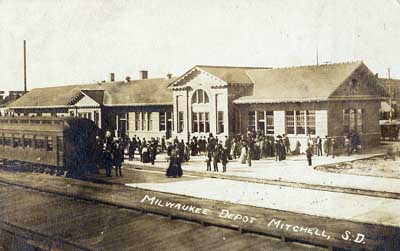
Photo courtesy of South Dakota State
Historical Society
|
The C&NW built its first railroad
line from Minnesota to Volga. The year was 1879. The railroad then
platted
town sites in between. These were Aurora, Elkton, and Brookings.
Then the Milwaukee Road started its first line. This railroad
stretched from Canton to the new town of Mitchell. Every seven to
ten miles, the railroads set up a town site. Often a town was named
for a railroad
tycoon. Mitchell was named for Alexander
Mitchell. He was president of the Milwaukee Road. Later on, Faith
and Isabel were named for the daughters of another tycoon.

Railroads Graph
Within two years, the tracks of the
C&NW reached all the way to Pierre. That was another brand-new
town. It was on the east side of the Missouri River. The Milwaukee
Road ended at Chamberlain. Neither railroad could cross the river
into the Great Sioux Reservation. It was not open for non-Indian settlement.
|
|
|
|
|
To bring people to eastern Dakota,
railroads bragged about its
virtues. They urged people to
come and stake a claim. "Best Wheat Lands, Best Farming Lands,
Best Grazing Lands in the world.... FREE TO ALL," one
advertisement promised. Soon homesteaders
were claiming farms near the new towns that railroads had set up.
The Great Dakota Boom was underway.
|
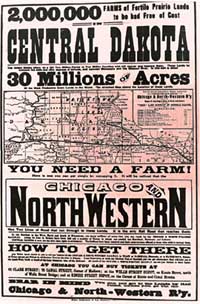
Photo courtesy of South Dakota State
Historical Society
|
|
|
Some homesteaders came by covered wagon,
but most settlers boarded trains to come to Dakota. Trains were a
new and exciting way to travel. "Trains went faster than horses
can run," wrote Laura Ingalls Wilder. "They went so
terribly fast that often they wrecked. You never knew what might
happen to you on a train." Trains carried people, supplies,
food, and fuel. They brought them to the new towns along the tracks.
From the towns, the settlers spread out around the countryside.
|
|
Settlers from older states came to file
homesteads. Immigrants from Europe did too. Many had little money,
and most came with the hope of owning their own farms. The Homestead
Act of 1862 (you read about this in Unit 5) let an adult man claim
160 acres of land. Single women could also stake a claim. The
homesteader had to live on the farm for five years. Some also took
tree claims. On a tree claim, the owner had to plant ten acres of
trees and keep them alive for eight years.
The immigrants came from many
different places. They brought new customs to South Dakota. Many
came from Germany and Austria. They settled near Sioux Falls and
Aberdeen. Those who came from Russia also spoke German. These people
first moved from Germany to Russia. Many settled in Hutchinson and
McPherson counties. Some were part of religious groups who set up Hutterite
colonies.
|
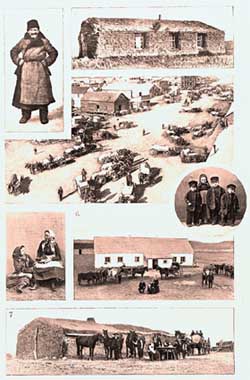
Photo courtesy of South Dakota State
Historical Society
|
|
|
|
|
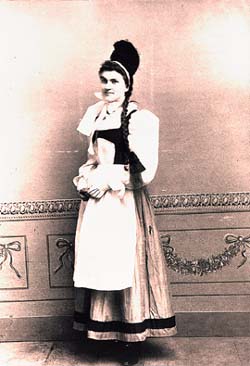
Photo courtesy of South Dakota State
Historical Society
|
Many Scandinavians also homesteaded
here. They came from Norway, Denmark, Sweden, and Finland. Many
settled near Canton and Sioux Falls in the south. Others were near
Watertown and Aberdeen in the north. Czech immigrants settled around
Tabor. Dutch immigrants homesteaded in Douglas and Charles Mix
counties. No matter where they came from or where they settled, they
were Dakotans now. The population had
boomed
in just a few years.
|
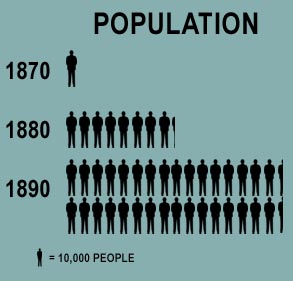
|
|
|
|
| Vocabulary |
|
| advertisement (n.),
a message bought to persuade people
boomed (n.), grew rapidly
platted (v.), planned or mapped out a town
|
tycoon (n.), a powerful businessperson
virtues (n.), good things
|
|
|